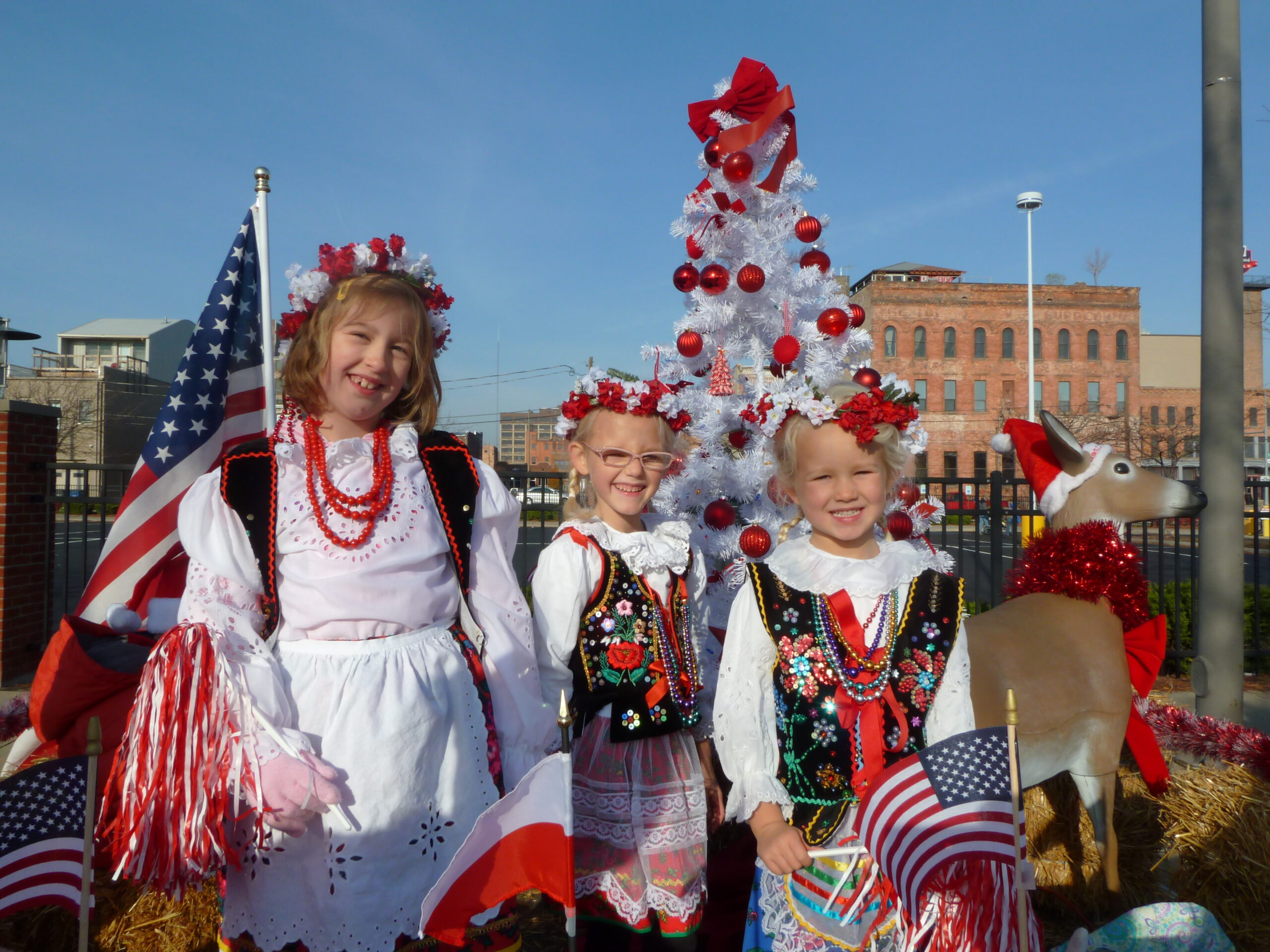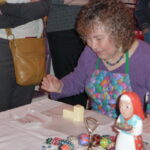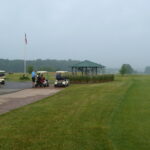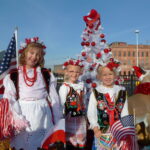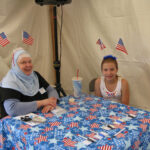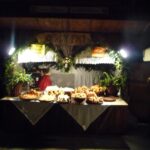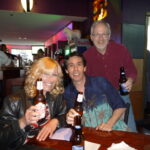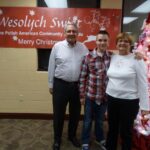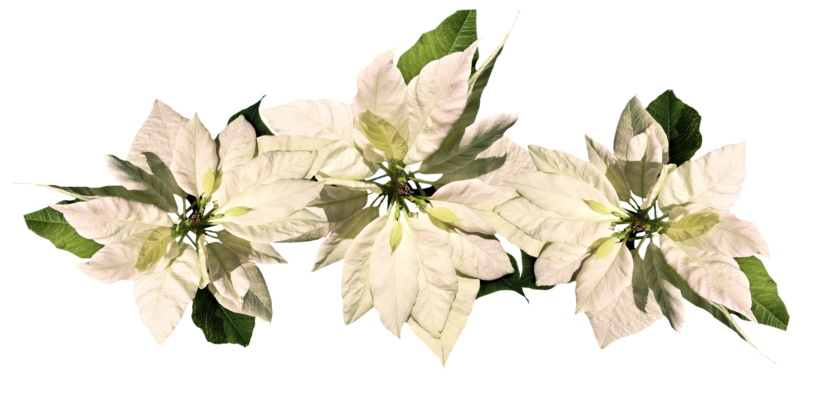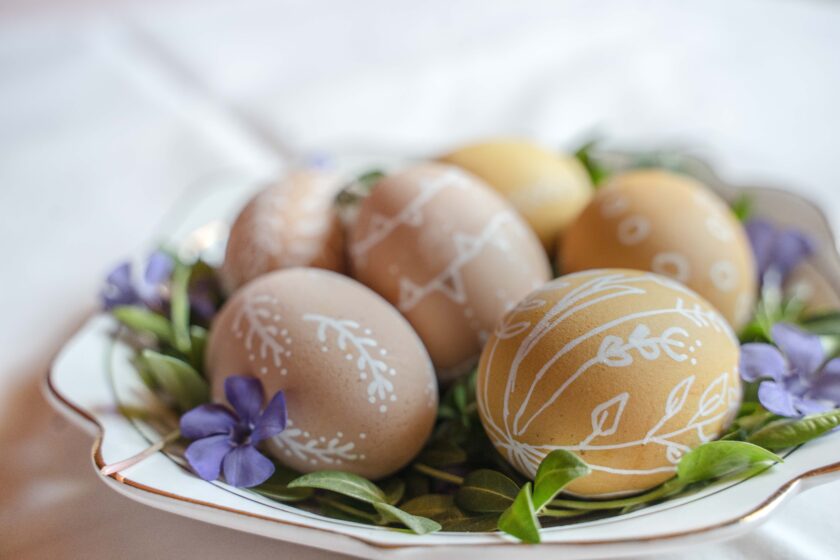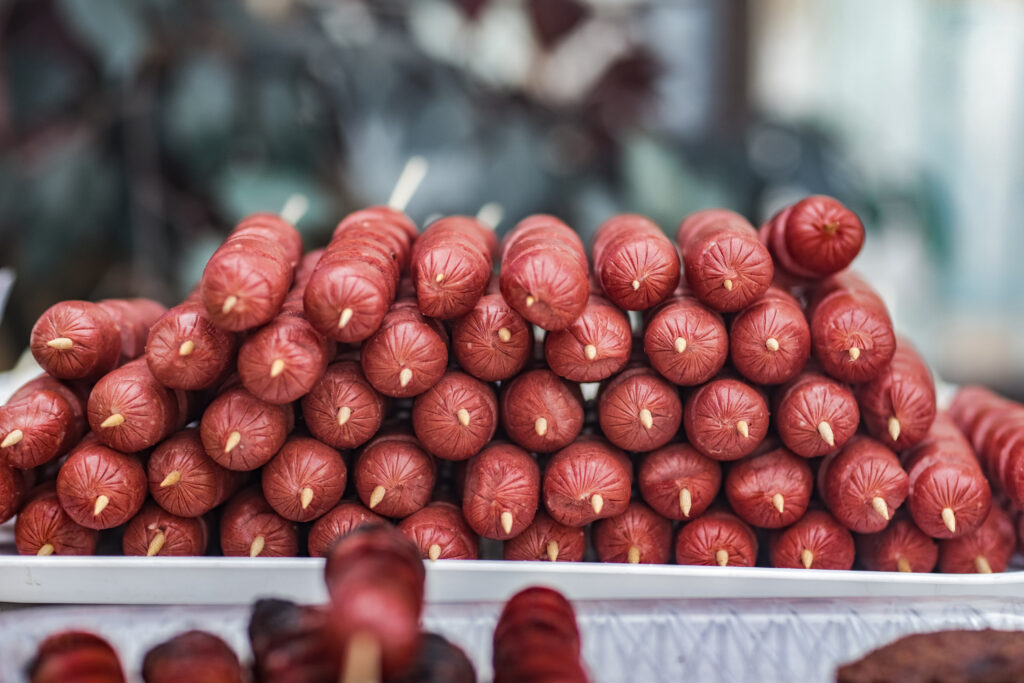Krakow Crib Competition – Szopka
Kraków is a beautiful city any time of year, but in the winter when blanketed with snow, it becomes a virtual fairyland. At the beginning of December, the Rynek Główny (Main Market Square) is transformed into a Christmas market with wooden huts cuddled together as if against the cold. This tradition dates to the Middle Ages with arts and crafts, ceramics, sweets and more for sale.
Along with the Christmas market itself, the annual crèche competition takes place. The szopka is a folk craft practiced only in Kraków and which dates to the Middle Ages when they originated as puppet theaters. They were used in churches to convey moral and educational lessons at a time when few people could read. When they fell into disfavor with the church, the tradition was kept alive by artisans who carried them through the streets.
The first szopka competition was held in Kraków in 1937 and was intended to bring back to life this puppet theater tradition which had died after World War I. Today, this art form that makes use of wood, cardboard, foiled paper and ribbon to become towering architectural creations has reached, well, new heights!
Typically, on the first Thursday of December, crèche masters from throughout Poland and even one from the United States, bring their szopki to the square and then carry them to the History Museum which is housed in the Krzysztofory Palace, the sponsor of the competition. There they are judged and the winners are placed on display throughout the Christmas season. The awards are presented the following Sunday at a ceremony. The nonwinning entries are sold in the marketplace. Buyers have to get there early — the best ones are snapped up as quickly as they are put down.
Szopki usually depict a Nativity scene set inside the doors of a model of the Wawel Cathedral, part of Kraków’s Wawel Castle. People come from all over Poland, not just Kraków to view the amazing display. Some are 6 inches high, while others are 6 feet high. Some have operating parts and lights, but the two common denominators are the tin foil covering and the architectural structure of the cathedral.

